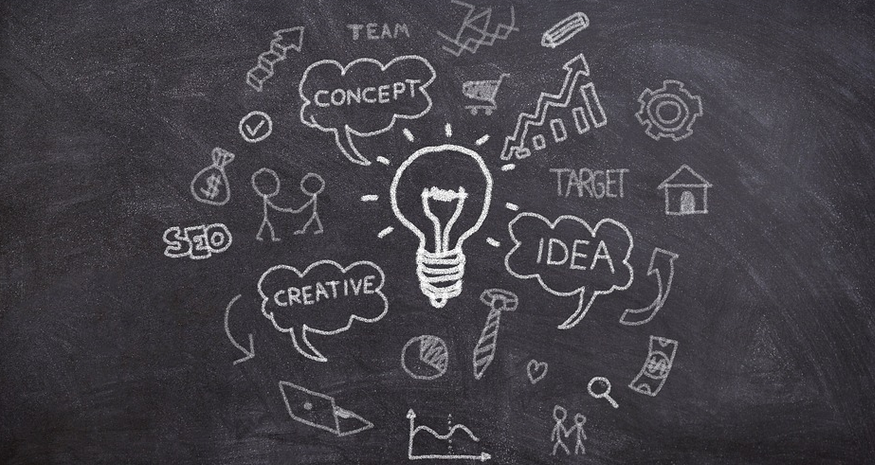Setting the Stage: Why a Timeline is Key
A research proposal timeline isn’t just about marking dates; it’s about establishing a roadmap to success. It provides clarity and structure, translating your ambitious ideas into tangible steps that build towards achieving your research goals. Imagine it as a compass guiding you through the research process – from brainstorming initial concepts to analyzing findings and presenting your results. But crafting an effective timeline isn’t always easy. It requires thoughtful planning and a keen awareness of potential challenges.
Phase 1: The Foundation: Defining Your Research Scope
Before diving into specific milestones, take some time to define the scope of your research proposal. What is it you want to achieve? What questions do you aim to answer through this project? Articulating a clear direction for your research will be crucial in setting realistic and attainable targets on your timeline.
The process of defining the scope requires introspection as well as an understanding of existing literature. Do you have enough background information to start? Are there any gaps in knowledge that need filling? This step gives you the essential context before crafting a detailed plan.
Think about what kind of research project this is. Is it quantitative, qualitative, or mixed-method, perhaps even exploratory? This type of inquiry will influence your timeline as well. Identifying these foundational elements sets the stage for an effective research proposal timeline.
Remember, the scope of your project should be ambitious yet attainable. Aim for a level that allows you to make real progress on the timeline while still leaving room for exploration and discovery. This is the key to building a solid foundation for your research journey.
Phase 2: Building Blocks: Creating Your Timeline
A well-structured timeline will be your essential tool as you proceed with your research project. It’s like laying down the bricks of your research edifice. It helps visualize your progress, track milestones, and allocate dedicated time slots for each stage of the process.
Start by listing all the critical stages in your research proposal: from initial brainstorming to analysis, writing the paper, and finally presenting your findings. Break those stages down further into smaller, manageable chunks of time. Don’t rush into assigning deadlines prematurely; instead, use a flexible approach that acknowledges potential challenges and allows for adjustments along the way.
For example, you might start with brainstorming and literature review, then move on to data collection and analysis. These are key building blocks of your research proposal. As you progress through each stage, add more detailed deadlines to your timeline.
Remember: Your timeline should be flexible enough to accommodate unforeseen circumstances and unexpected discoveries. It’s a living document that evolves with the journey of your research project.
Phase 3: Time Allocation: Balancing Expectations
The next step in building your timeline is allocating time for each stage of research. This may seem daunting, but it’s essential to ensure you dedicate the right amount of time to achieving meaningful progress throughout your project.
Consider the specific demands of each task: if a literature review requires several weeks, allocate dedicated time slots in your calendar. For data collection and analysis, set realistic deadlines based on your research methodology and sample size. If you anticipate needing additional time for revisions or final touches, factor that into your timeline as well.
It’s important to set achievable deadlines. Don’t overload yourself with too many tasks at once; instead, break down large projects into smaller, manageable goals. It helps maintain focus and ensures a smooth flow of work from one stage to the next. This approach prevents overwhelm and allows you to stay on track.
Don’t forget that your timeline should reflect your personal skills and working style. Some researchers prefer to focus on writing first, then move on to data analysis. For others, it might be helpful to dedicate more time to data collection before diving into the writing phase. The key is to find what works best for you.
Phase 4: Obstacles are Inevitable!
It’s crucial to acknowledge that unforeseen challenges are a part of any research process, and your timeline needs room for flexibility to adapt accordingly.
What if unexpected delays occur? What about when your data analysis takes longer than anticipated? These are natural occurrences in the world of research. It is important to build buffer time into your timeline to account for such potential complications.
How will you adjust, adapt, and even re-prioritize tasks if challenges arise? Having a contingency plan for unexpected circumstances can be crucial to staying on track with your research goals.
Phase 5: Communication is Key
It’s not just about crafting the timeline; it’s also about communication. Share your timeline with relevant stakeholders, including mentors, collaborators, and anyone else who may benefit from knowing your progress.
Transparency fosters cooperation and ensures everyone involved in your research project is on the same page. As you move through various stages of your research, be sure to update your timelines regularly, sharing any significant milestones or adaptations along the way. It helps maintain collaboration and ensure that all parties stay informed about the overall progress.
Your timeline should not only reflect your individual progress but also serve as a roadmap for your collaborators. Open communication ensures everyone is aware of their roles, expectations, and deadlines. This collaborative approach fosters productive synergy, ultimately leading to successful research outcomes.
Phase 6: The End Game: Presenting Your Research!
Reaching the end goal of presenting your findings is the culmination of all your effort. It’s what makes your research proposal a success.
A well-structured timeline helps you stay focused on achieving this final objective. It’s crucial to have a clear plan in place for how and when you will share your research, from submitting it to academic journals or publishing it online.
Don’t forget that the presentation stage is as important as the writing stages of your project. You’re not only sharing your findings but also showcasing your research skills to a wider audience.
Remember: This process will require careful planning and attention to detail, and it will involve presenting your work in an engaging and informative way. The end game is about communicating your research effectively to the world so you can make a lasting impact with your discoveries.


